Santa Teresa is best known as one of the best surfing towns in the world. I don’t even surf, though, and I was still beyond impressed by how, even though the town is so well-known, it’s almost impossibly idyllic. In this guide, I’ll go over a few of the factors that account for its remaining so undisturbed.
I’ll also detail a few of the top non-surfing activities to do in Santa Teresa, including a few of my best personal experiences there. I’ll finish by giving you some tips that will help you plan a trip to Santa Teresa, such as how to get there, how to get around in town, where to stay, and what time of year to go.
Note: I visited during early July. The prices of accommodations and activities quoted in this guide are subject to change depending on the season.
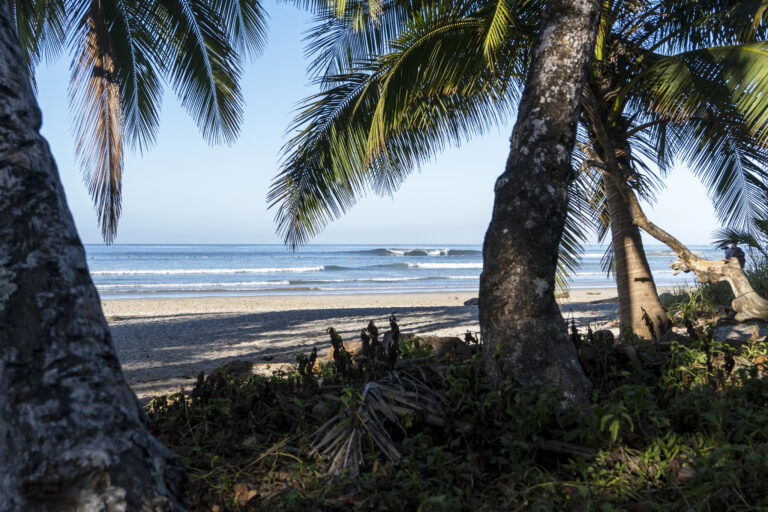
What makes Santa Teresa unique
Santa Teresa is easily the most bohemian town in Costa Rica, a country that is generally pretty rough to navigate. It’s clean and upscale, and those who enjoy a modern semi-urban vibe over a rugged camper’s vibe (like me) will enjoy it immensely.
From an ethnically diverse population to cute, hipster-y cafes, it’s easy to forget you’re in the middle of a heavily rainforested country. There are no chains or high-rises, either; the town remains quaint and charming.
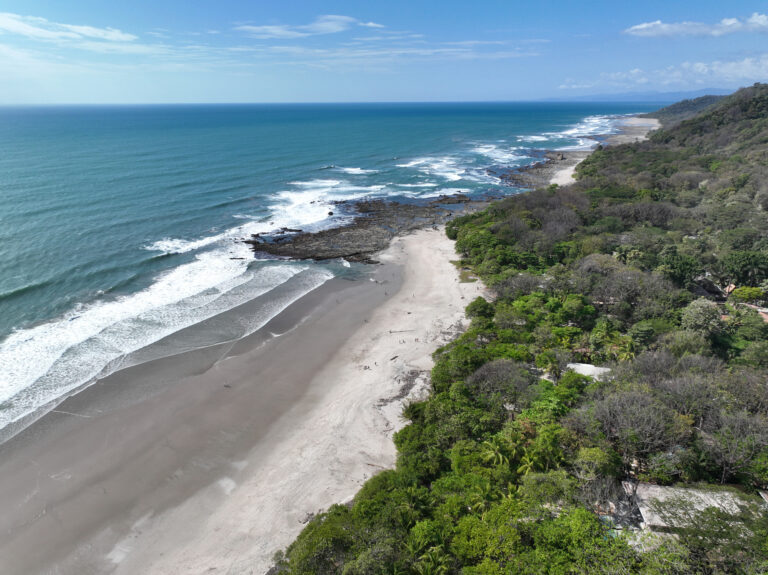 (iStock/Joshua ten Brink)
(iStock/Joshua ten Brink)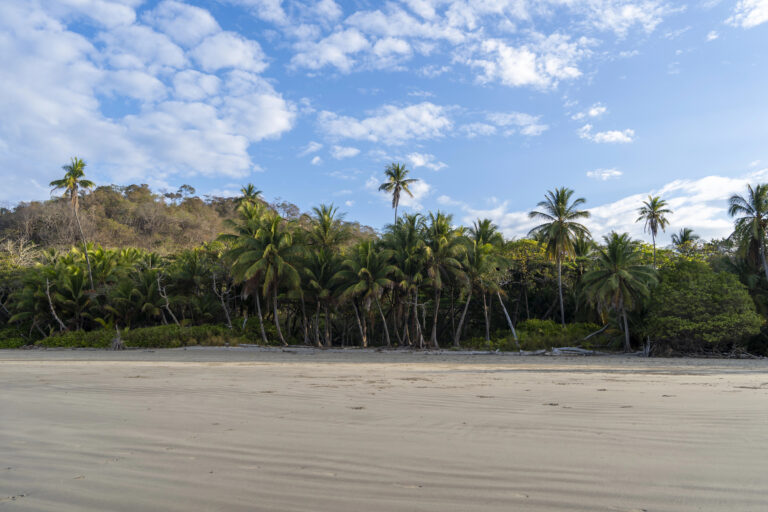 Tropical Pura Vida
Tropical Pura VidaThat doesn’t mean the town forgoes the natural “Pura Vida” spirit Costa Rica is famous for. I don’t think I’ve ever been to an area where humans and nature live so harmoniously, with buildings being built in natural settings as much as possible and wild animals wandering through yards or even open-air restaurants.
The town is also not as built-up as other nearby tourist destinations like Tamarindo or Jaco, so it’s greener and has more of a natural feel.
How to get to Santa Teresa
The three most popular ways to get to Santa Teresa are:
By plane
If you’re flying domestically, the nearest commercial airport you can fly into is the tiny one in Cobano. I’d recommend the Costa Rican in-country airline SANSA for booking flights; flight aggregators like Google Flights or Skyscanner won’t list routes within Costa Rica. Flights from other Costa Rican airports to Cobano generally cost $100-130.
After flying to Cobano, take a taxi or shuttle bus to Santa Teresa (more on that in the next section). The ride will take around 30 minutes, and be warned that the ride will be bumpy most of the way.
There’s also the option of chartering a plane for a domestic flight at Fly Adventure Air. You pay for the whole plane rather than per ticket, and the fee (from San Jose-Santa Teresa, for instance) is about 4x what a one-way ticket on a regular flight would be. It’s a great idea for families or luxury travelers, as it’s private and provides an unforgettable adventure thanks to the low altitude charter planes can fly at.
If flying internationally, it’s best to fly in to the Costa Rican city of Liberia. From there, take a shuttle (it’s a four hour drive) or get a connecting flight to Cobano.
By shuttle bus
For a country advanced enough to have universal healthcare and a stable Democratic government, Costa Rica has amazingly poor road infrastructure. As a result, taking shuttles or other land transport between cities is nearly always a bumpy, treacherous experience. A 30-minute ride (the distance between Cobano airport and Santa Teresa) is bearable, but a longer ride like the four hours from the nearest international airport could make you sick unless you have an iron stomach.
Riding through Costa Rica can be a scenic experience, but it’s not really worth it if you feel like you’re being rattled around in a tin can most of the time. Much of the route travelled will be on badly-maintained roads with pretty views but enough twists, turns, and potholes to make you question your decisions.
That being said, shuttle bus is the cheapest way to get around Costa Rica. If you’re feeling up for the ride, I would recommend Bookaway as a ticket portal. It’s easy to use and has low prices for all types of land transport.
By ferry
If you’re on the mainland of Costa Rica and want to get over to the Nicoya Peninsula, you can make your way to one of two ferry stations in order to cross the Gulf of Nicoya:
- Puntarenas Ferry will take you to Paquera. From there, it’s a one hour drive to Santa Teresa. To book Puntarenas-Paquera ferry tickets, go to QuickPayCR and follow the steps near the bottom of the page. The tickets should only cost a few dollars per person.
- Jaco water taxi station, which will take you directly to Santa Teresa. For Jaco water taxi tickets, visit the Zuma Tours water taxi page, pick your date of travel, and select one of the routes that end in Mal Pais-Santa Teresa. If you choose the San Jose-Santa Teresa route, you’ll be driven from San Jose airport to Jaco in a van before taking the water taxi to Santa Teresa. These routes are obviously more convenient, but they’re also more expensive – $60 from Jaco and $90 with van transfer from San Jose. They run more sporadically, too, so be sure to check if your desired locations are being serviced on your travel date.
Crossing the Nicoya Gulf is a great way to get in touch with Costa Rica’s aquatic nature, as you’re likely to see marine wildlife like dolphins, sea turtles, or even breaching whales if you’re lucky.
Where to stay in Santa Teresa
Santa Teresa is too small for me to put together a neighborhood guide like I do in most of my city guides, but it’s home to an abundance of hotels nicer than what you can find in most of Costa Rica. My top four recommendations for different types of travelers are:
Santa Teresa Surf Vista Villas (for luxury travelers)
Price for a superior suite: $117 (this property also offers studio rooms, but the suites seem well worth the upgrade)
I didn’t stay here, but I visited the premises and I can vouch for how incredible it is. A few high points include:
- The view. A panoramic spread of jungle-choked mountain and ocean during the day, and fantastic sunsets in the evening.
- The private deck on each room, which includes an outdoor kitchen, outdoor shower, a bar counter, and hammocks.
- The secluded location on top of a hill, which makes you feel like you’re in the middle of the jungle.
- All the nature integrated into the premises, which attracts local wildlife like monkeys and birds. I even saw an anteater hanging out beside the footpath when I was there.
- The pool, which is warm, perfectly-sized, and has nice seating around it.
One thing that could be seen as an issue is the steep and unpaved road leading to the place, which is not suitable for walkers. Cars and ATVs can handle it easily, though.
Note that this place is not a luxury hotel in the same sense as the Four Seasons; it’s more rustic. If that more sanitized version of luxury is what you’re looking for, though, Santa Teresa probably isn’t the destination for you.
Pura Vida Mini Hostel (for budget travelers)
Price for a private room: $25/night
This place has everything budget travelers need: a great location that’s a pleasant 3-minute walk from town, nice common areas for relaxing or meeting other travelers, and a fully-equipped kitchen. Most of the staff is great, too (shoutout to Sofi, who was especially helpful and who upgraded my room for free).
It is very much a budget hostel, though. It has a shared bathroom and the rooms can get oppressively humid unless you leave the air conditioner on all the time. Still, for $25/night, you’ll be hard-pressed to find anything else of this quality in Santa Teresa.
Zeneidas Surf Garden (for surfers)
Price for balcony apartment: $62/night
This place is right on the sand of Santa Teresa Beach. The waves just outside your door are punchy and powerful, but there’s also a lifeguard tower directly in front of the place; a perfect training ground for intermediate surfers looking to improve their skills to the advanced level.
For those who already consider themselves intermediate-advanced surfers, head north up the beach just a few hundred metres for slightly choppier surf with occasional barrels and nice walls for maneuvers.
Apart from the primo location, the property has a definite surfer vibe: it’s decorated with brightly-colored floral patterns and murals depicting the sea, and the two surfing instructors, Dennis and Guillermo, are fantastic at customer service.
It’s also across the street from The Somos, my favorite restaurant/coffee spot I went to in Santa Teresa.
Point Break (for foodies)
Price for a private room: $43/night
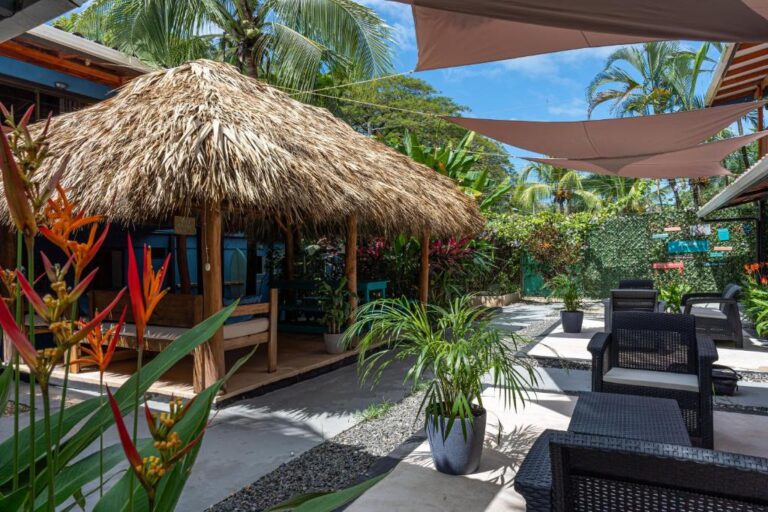
Point Break’s layout is closer to a traditional hotel than any other accommodation I saw in Santa Teresa. That’s because the rooms are totally enclosed (no open-air buildings like most hotels here) and there is no communal common space with hammocks as there normally is. Each room still has a fantastic patio for lounging, though, and the rooms are kept almost clinically clean.
The biggest draw of the place to me as a foodie, though, is that it’s just steps away from Eat Street, an inexpensive, authentic, and downright delicious food court that I’ll cover in more detail in my “things to do in Santa Teresa” section below.
11 Things to do in Santa Teresa
Santa Teresa is a vibes town, and you’ll have a memorable time just lounging. In case you get restless as easily as I do, though, here are my top 11 recommended activities in Santa Teresa.
1. Hike local trails
The Nicoya Peninsula’s hikes are certainly rugged (be ready to shower all the dust off when you get back), but they also offer unparalleled natural beauty.
The table below lists a few of the most popular hikes in the Santa Teresa area, along with their length, difficulty rating, and distance from town. Note that all of the hikes are a little way from town, so you’ll need to take transportation (I recommend a quad) to all of them.
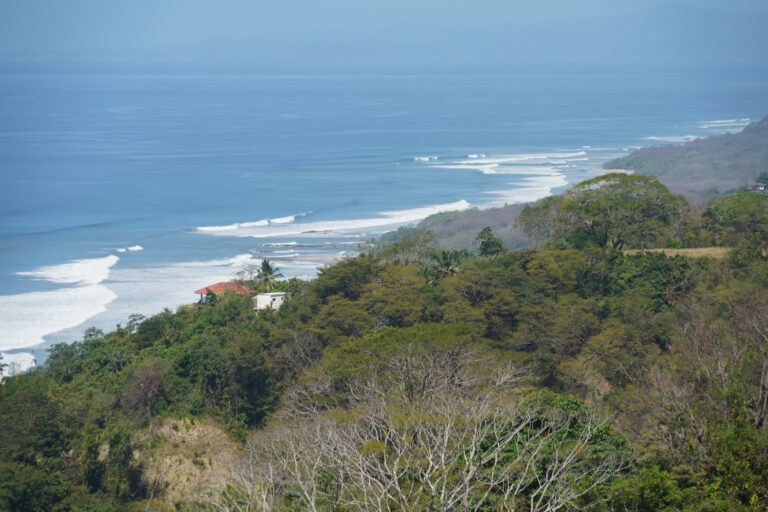 (iStock/Laurent JAMIN)
(iStock/Laurent JAMIN)The Cabo Blanco hikes require a $12 entrance fee, and the Curu Wildlife Refuge requires a $13 entrance fee.
2. Visit the Tidepools
The tidepools near Santa Teresa are more chock-full of marine life than any others I’ve been to; starfish, hermit crabs, anemones, colorful fish, even eels and octopuses are present in the micro-ecosystems of the pools. They’re also astoundingly warm at low tide once the sun has heated them up a bit – I’d guess 33 Celsius at midday. The two tidepool areas I’d most highly recommend are:
- The El Penon tidepools on the north side of town. This pool is especially great for families or weak swimmers, because it’s totally calm even though waves crash just metres away.
- The Malpais tidepools south of town, which are slightly less accessible (you have to scramble down some rocks) but more visually striking because of the volcanic rock that makes up the pools.
Both of these tide pools are free to enter.
3. Explore the roads on quad-bike
The best way to truly get a feel for the Nicoya Peninsula is to rent a quad-bike in Santa Teresa and explore the network of dirt roads around the town. You could drive the quad to a local landmark like the Playa Coyote Viewpoint or the Lajas Waterfall. You could also ride to one of the trailheads for the hikes mentioned in the table above. Or, my personal favorite, ride the backroads from Santa Teresa to Montezuma.
My top recommendation for renting a quad-bike in Santa Teresa is ATValerios, which is located directly in the center of town but offers delivery. Rentals start at $70/day. If you’re not looking to spend that much, ATValeros also rents bicycles for $12/day.
4. Snorkel on Isla Tortuga
Snorkeling tours are honestly pretty underwhelming most of the time due to scarcity of fish, but Isla Tortuga really bucks that trend. It’s an uninhabited island, so the waters offshore are clearer and bluer than I thought possible.
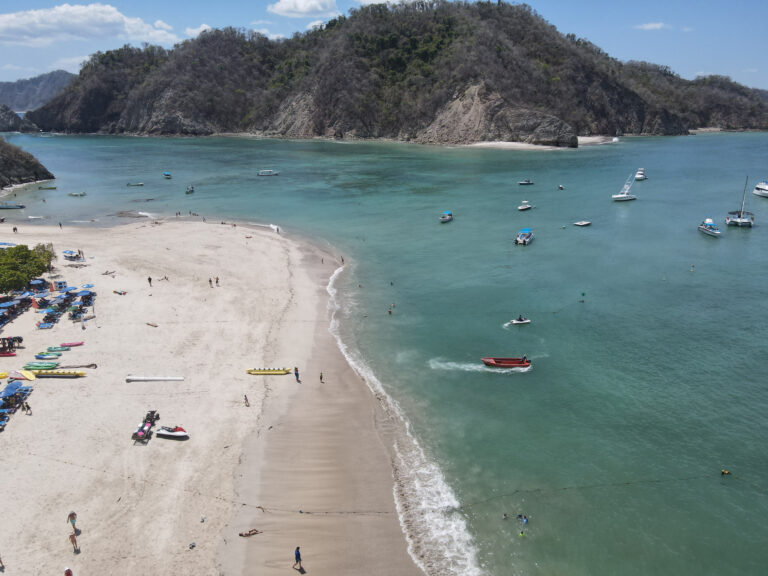 (iStock/JoshuatenBrink)
(iStock/JoshuatenBrink)The volcanic reefs under that water are rocky pinnacles riddled with interesting topography rather than the flat coral beds you see at most snorkeling spots. And, most importantly, wildlife is amazing: striped fish, moray eels, manta rays, sea urchins, and even the occasional sea turtle swim in the shallow water.
I took a snorkeling tour from Montezuma with Blue Line, and I’d highly recommend it. The 45-minute boat from Montezuma to Isla Tortuga was a bit bumpy, but I spotted some dolphins during the trip. Besides, the amazing snorkeling experience made the $65 price totally worth it.
5. Learn to surf
As I mentioned, I’m not a surfer and I’m not going to pretend that I rode the waves myself. Santa Teresa is a world-famous surf spot, though, and it has a ton of surfing academies. If you want to give the sport a try, I’d recommend Blue Mystic Surf School in Playa Carmen, which gets great reviews and is located beside a perfect stretch of beach for newbies.
Blue Mystic’s beginner surfing classes cost $56/person for groups of up to three or $79 for a private lesson.
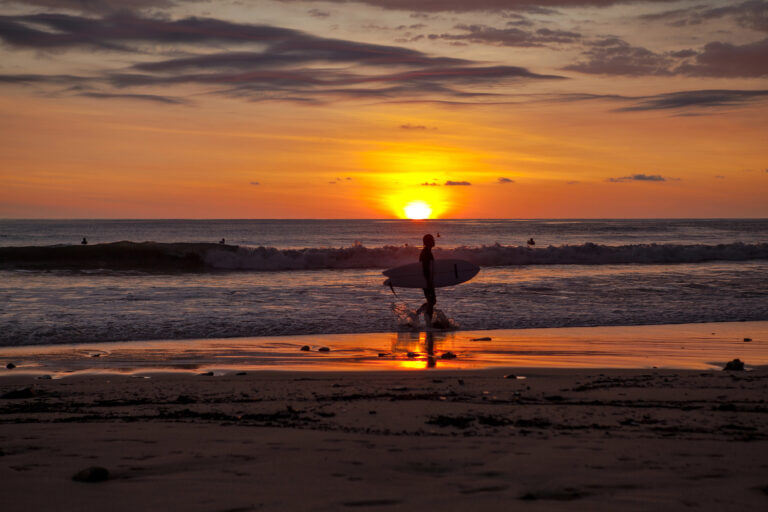
6. Creep yourself out at Cabuya Island Cemetery
The cemetery on Cabuya Island has a haunted feeling that sets it apart from anywhere else I went in Costa Rica. The still-in-use cemetery is well-kept, but the handmade white crosses and the waves crashing all around give it a distinctly creepy vibe. Local legends even say the tiny island has a strong spiritual energy. I love quirky, atmospheric experiences like this, so I adored walking the rows of the cemetery.
Note that you need to visit at low tide, because the cemetery is surrounded by water at high tide.
7. Chow down at Eat Street
As I mentioned, Eat Street was by far my favorite eatery in Santa Teresa. It’s a food court located on the town’s main road, and all four of the vendors (a breakfast cafe, a tex-mex place, a poke restaurant, and a bar) serve delicious and high-quality food. They offer bigger portions than nearby restaurants and are all very authentic-tasting but still charge the normal $10-20 you can expect to pay for a meal in Santa Teresa.
The service and atmosphere of the food court is just as good as the food. The tables and hammocks sit on top of smooth gravel, and the mood lighting and hanging plants decorating the shelter of Eat Street make them great for lounging. The eateries are in a ring of shipping containers circling the dining area.
8. Paint at Bri’ah
Maayan, the owner of Bri’ah Art Studio in Santa Teresa, leads a 3-hour “Paint and Wine” workshop in which she helps students create an acrylic-on-canvas landscape based on photos from around the Nicoya Peninsula.
Mayaan is super nice, and it’s amazing how well she can adapt to both beginners and experienced painters to make the experience fun. I’ve never really painted before and the class was one of the highlights of my trip… although the free-flow wine might have had something to do with that, too.
The Paint and Wine classes generally take place on Tuesdays at 6:30 and cost $75 per person, or $85/person if they’re holding a special numerology-themed painting workshop. Make sure to contact Mayaan in advance via Bri’ah’s Facebook to make sure she can accommodate you.
9. Ride horses on the beach
No other method of transportation matches the rhythmic majesty of horseback, and that makes it the very best way to see a sleepy yet rugged landscape like the one surrounding Santa Teresa.
I’d recommend the 3-hour, $78 “secret beach and jungle” ride at Ollie’s Adventures that leaves at 3:00. The timing will allow you to experience the sunset while you clop down the beach or through the jungle underbrush, which adds to the mystique of the journey.
Ollie’s offers a wide range of horseback tours in Santa Teresa, including family rides, private rides, and rides for those with more experience on a horse.
10. Watch the sunset
Santa Teresa’s sunsets are world-famous. A number of phenomena found in Santa Teresa come together to make them so spectacular, including:
- The clean ocean air and lack of pollution
- The high humidity and tropical clouds, which work to catch and reflect light
- The wide, unobstructed horizon
- The light bouncing off the golden-colored sand and piercingly blue water
- Costa Rica’s equatorial angle, which essentially causes quicker and more intense sunsets
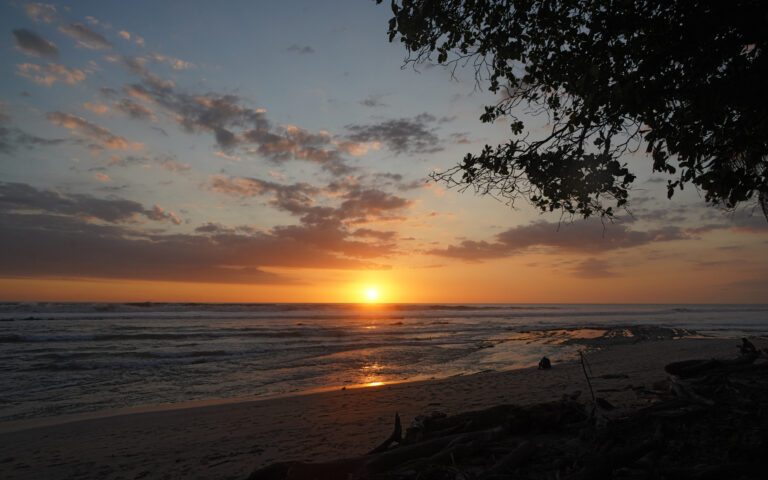 Playa Santa Teresa during sunset (iStock/Laurent JAMIN)
Playa Santa Teresa during sunset (iStock/Laurent JAMIN)Beauty is subjective, but Santa Teresa’s sunsets are about as close to objective beauty as you can get.
If you can, try catching the sunset at Banana Beach, a bar and restaurant with live music in the evenings, hammocks that are great for lounging, and a fantastic ocean view.
11. Go on a bioluminescence boat trip
These November-April boat trips glide through peaceful waters that are home to bioluminescent plankton, which glow in the dark and cause the water to glow bright blue.
Try the 4.5-hour bioluminescence tour from Montezuma with Tours Paradise. It’s nice and long and is not too far from Santa Teresa (only a 35 minute drive). It also includes a boat ride from Montezuma Beach to Playa Vivos, drinks, local fruits, and a snorkelling experience before the sunset bioluminescence tour. It costs around $65/person.
When to Go to Santa Teresa
Santa Teresa has two main travel seasons to be aware of when planning your trip:
| Dry Season (Dec–Apr) These are the most popular months to come because there’s generally no rain | – Ideal beach weather for lounging – Easier to get around (no slippery trails) – Better nightlife (more crowds) – Good waters for beginner surfers | – Many prices go up – It gets crowded, especially near Christmas, New Year’s, and Easter |
| Green Season (May-October) This is the rainy season, which I think is an underrated time to travel | – Fewer tourists – Lusher jungle – Often lower prices – More active wildlife, due to more food and richer foliage – Personally, I think warm tropical rain feels nice, especially since it tends to only come in short bursts – Good waters for advanced surfers | – Unpaved roads get muddy, which can be a huge deal in Santa Teresa since there are a lot of them – Some businesses close temporarily, especially tourist-facing ones – Rain obviously hampers certain activities |
The transition months of November and May are more of a toss-up; each day, it’s a grab-bag whether you’re in for dry or wet conditions.
Continue researching your Costa Rica trip! Check out these backpacker tips for Costa Rica to find out how to keep your travel costs under control. You can also piece together your own 1-week itinerary in Costa Rica with highlights like the breathtaking Cloud Forests of Monteverde and other must-see spots along the way.





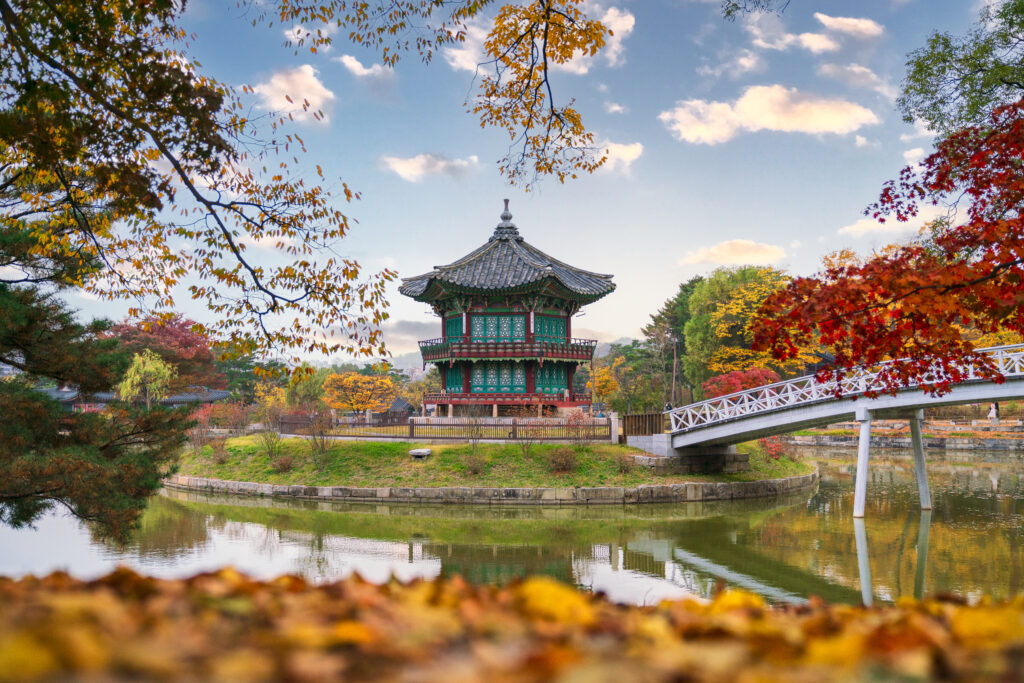
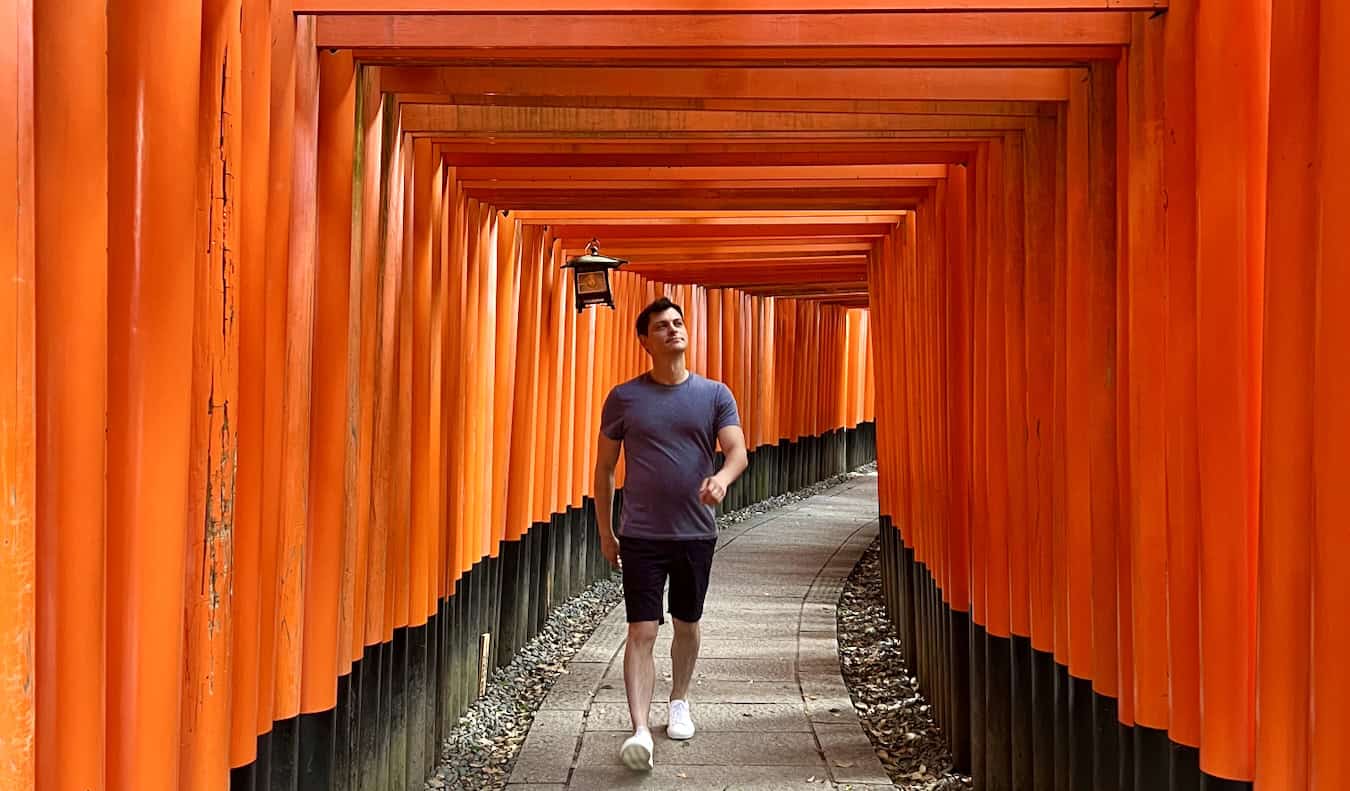



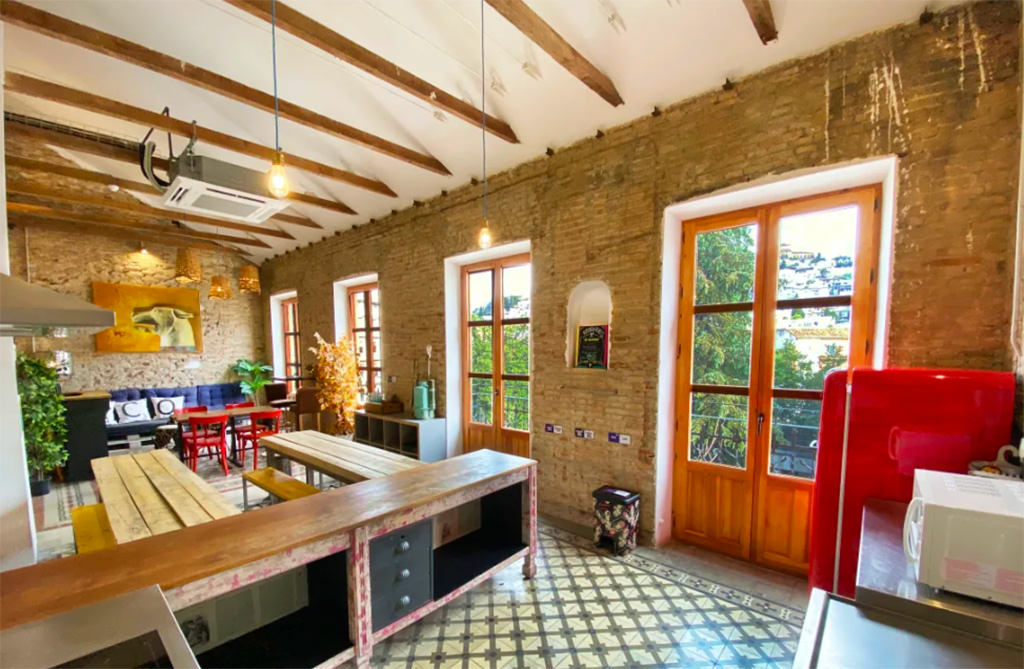

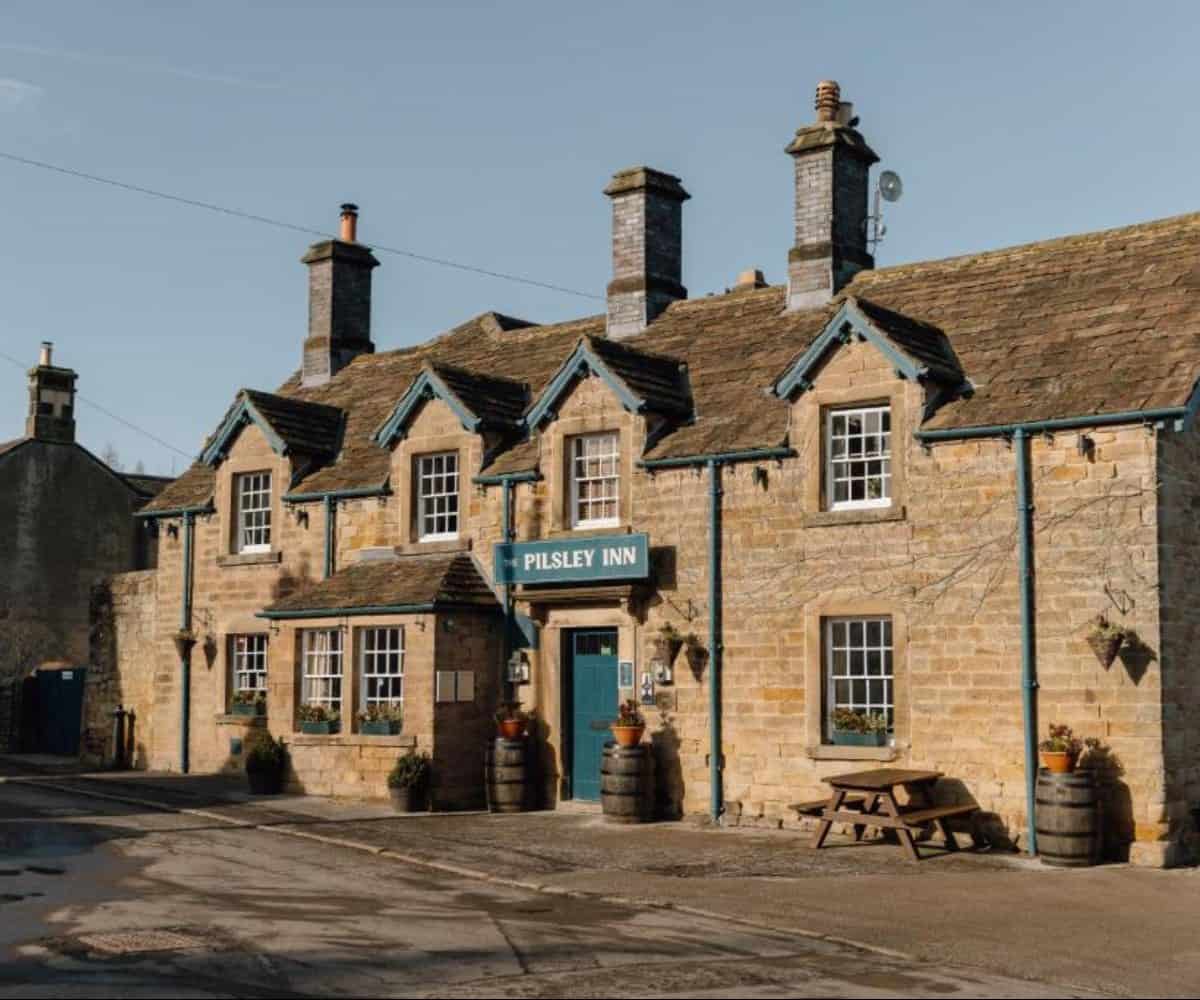

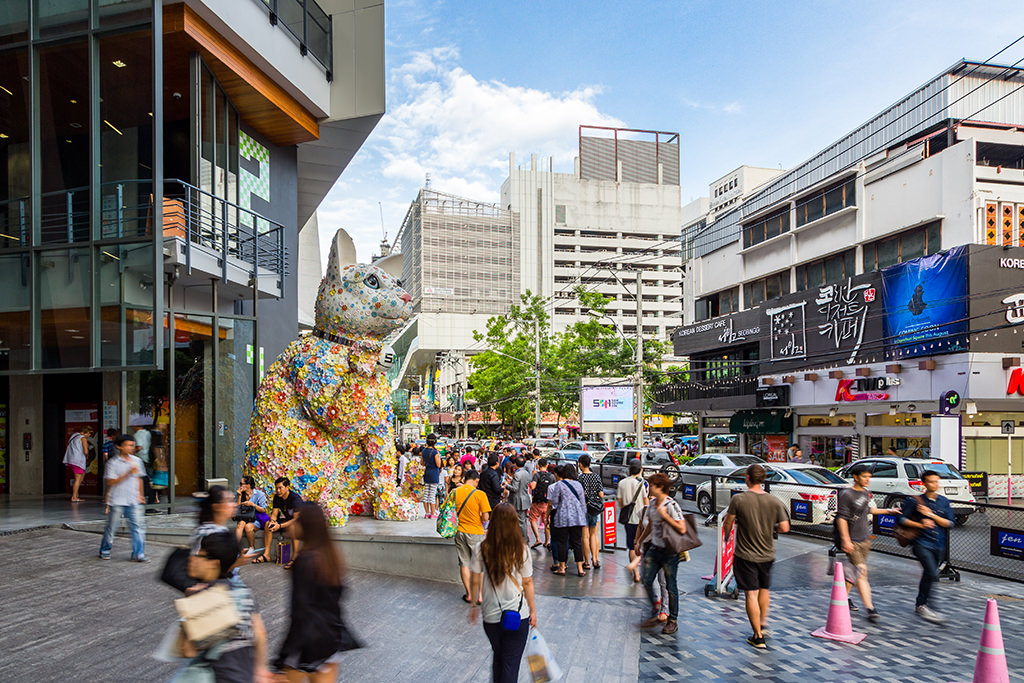

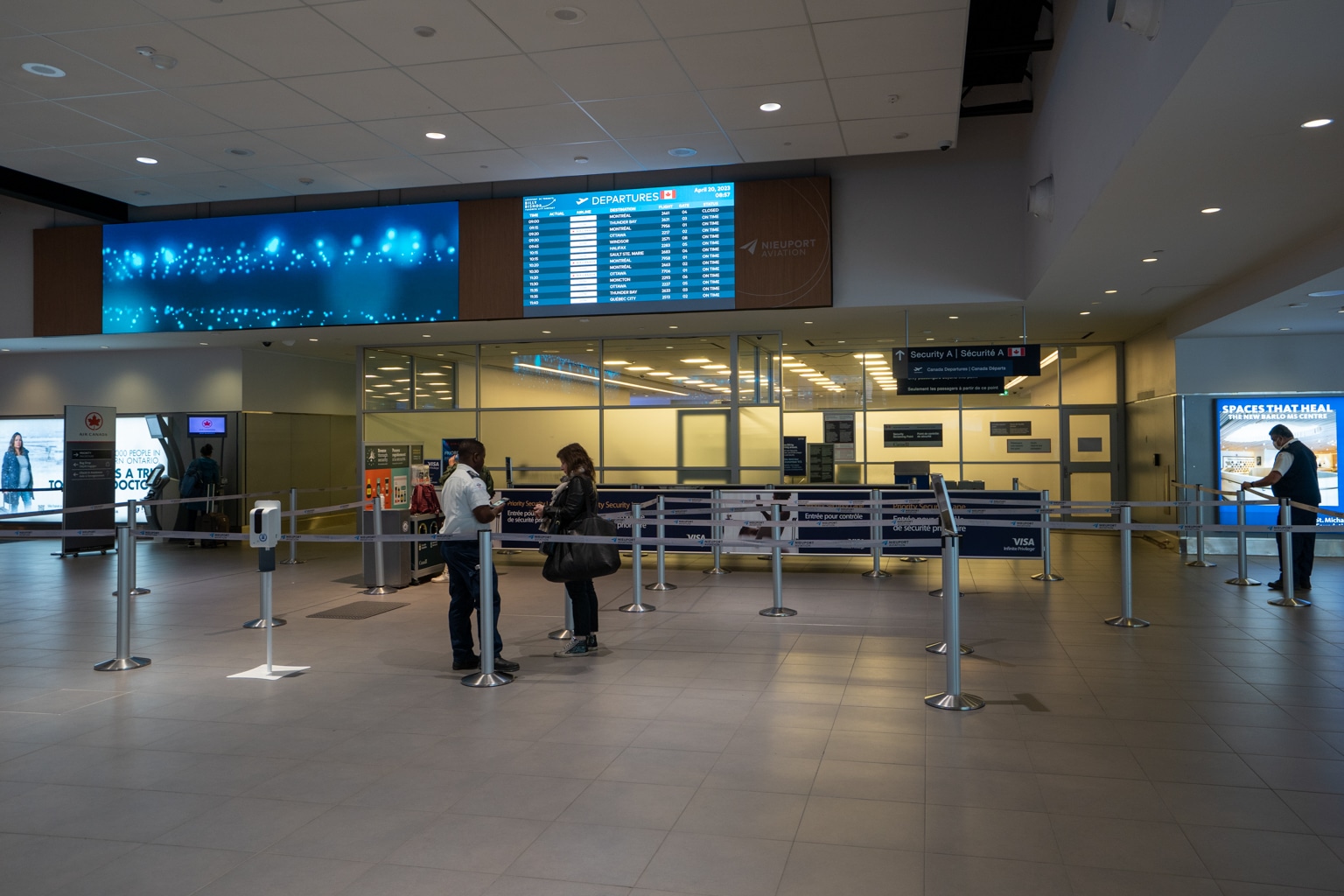
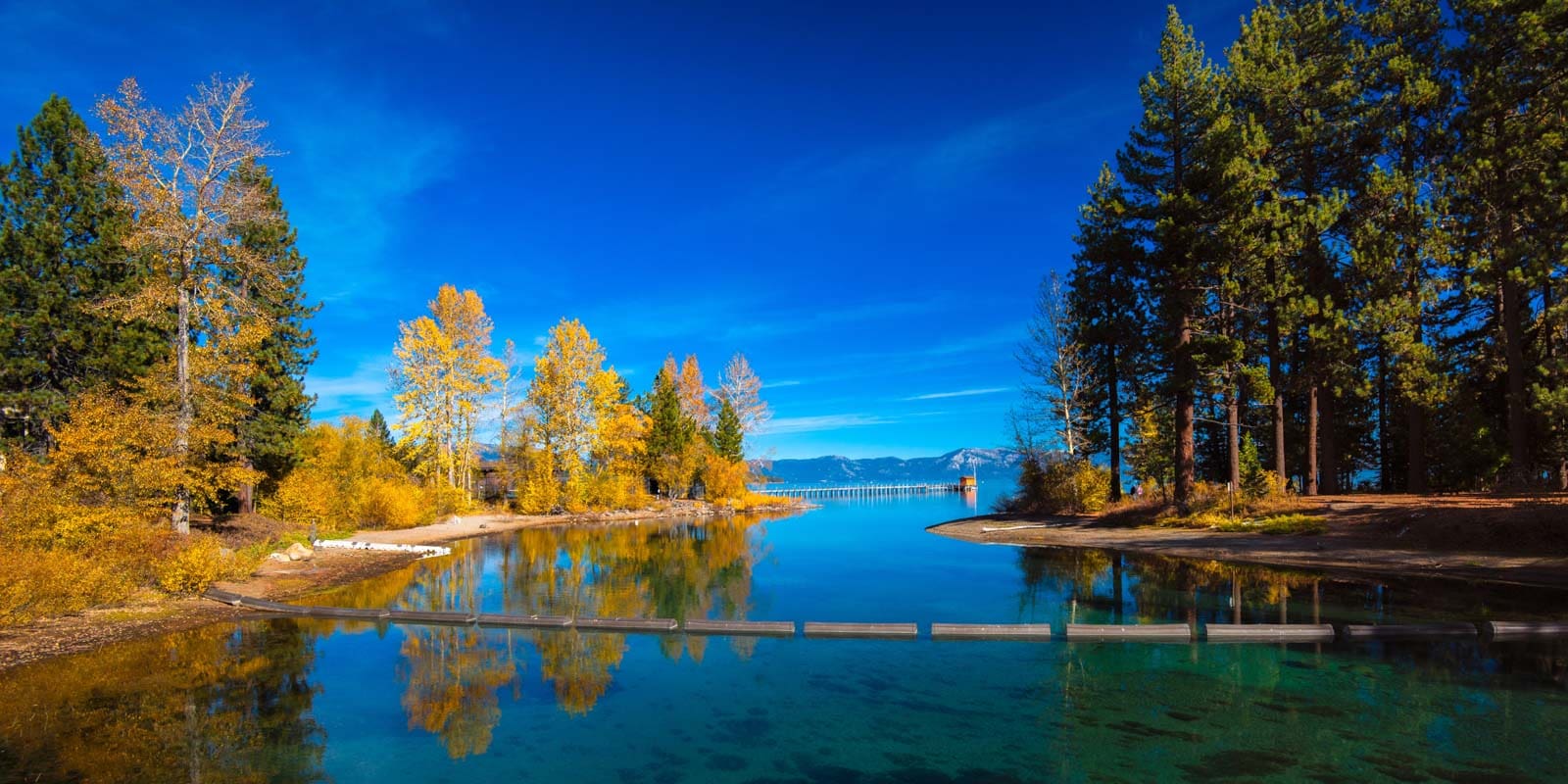
 English (US) ·
English (US) ·